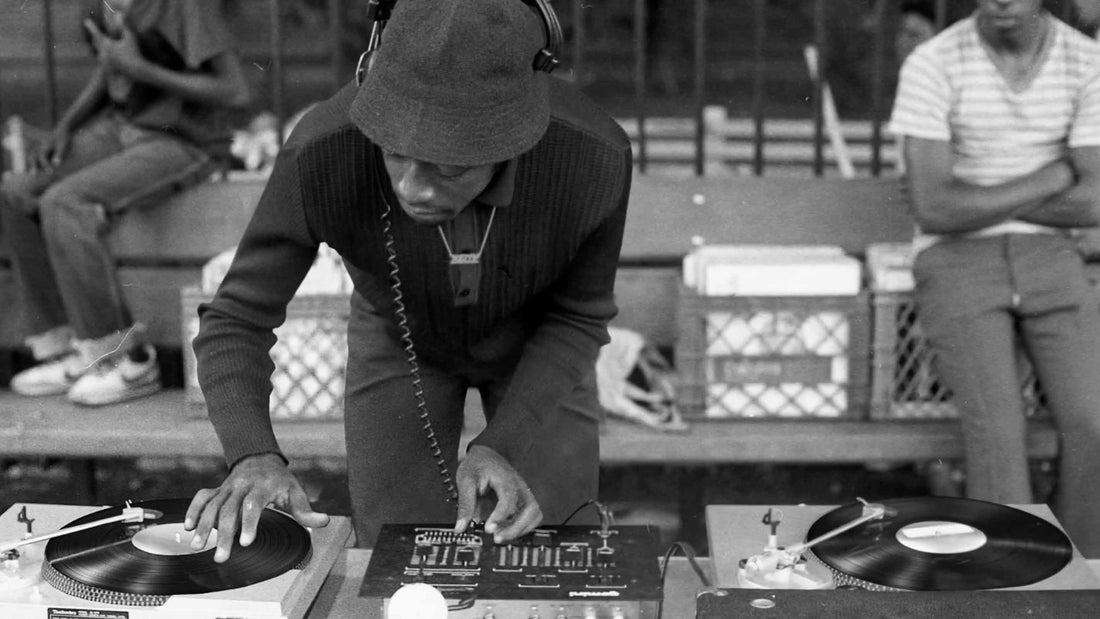The art of DJing has come a long way since its inception in the early 1900s. From playing records at parties to controlling music with a computer, the evolution of DJing has transformed the way we experience and enjoy music.
The Origins of DJing
The roots of DJing can be traced back to the late 1800s, when the first phonographs were invented. The phonograph was a device that played recorded sound, and it quickly became popular for playing music at parties and social gatherings.
As the technology advanced, DJs began to use multiple phonographs to mix and blend tracks together, creating a seamless flow of music. This technique, known as beatmatching, involved matching the tempo and rhythm of two records to create a smooth transition between songs.
The Birth of Hip-Hop and Turntablism
In the 1970s, a new genre of music emerged in the Bronx, New York: hip-hop. Hip-hop music was characterized by its use of breakbeats – short sections of music that were looped and repeated by DJs to create a new sound.
DJs in the hip-hop scene began to develop a new style of DJing called turntablism. Turntablism involved using the turntable as a musical instrument, manipulating records to create new sounds and rhythms. This technique involved scratching, beat juggling, and other advanced techniques that pushed the boundaries of what was possible with vinyl records.
The Digital Revolution
The 1990s saw the advent of digital technology in DJing. The introduction of CDs and digital audio files allowed DJs to store and play music on a computer, rather than carrying around crates of records.
This new technology also enabled DJs to manipulate music in new ways. With the introduction of software like Ableton Live, DJs could now create and manipulate music in real time, adding effects and creating complex loops and beats on the fly.
The Future of DJing
Today, DJing continues to evolve with advances in technology. The rise of streaming services like Spotify and SoundCloud has made it easier than ever for DJs to access and discover new music.
There has also been a growing trend towards incorporating live instrumentation into DJ sets. Musicians like saxophonists, drummers, and guitarists are now collaborating with DJs to create new and unique live performances.
In conclusion, the evolution of DJing has been a fascinating journey, from the early days of playing records to the digital revolution and beyond. With new technology and techniques constantly emerging, the future of DJing looks bright, and we can't wait to see where it goes next.

